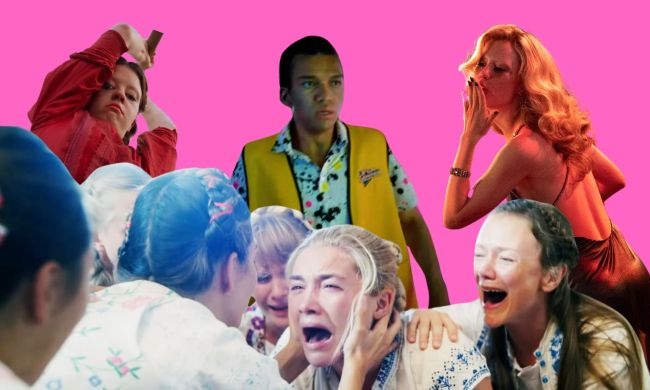Visual Storytelling in Modern Horror: Insights from Cinematographers
The horror genre serves as a captivating arena for exploring emotional depth, mood, and visual tension. Cinematographers often leverage horror films to creatively experiment with techniques that enhance the viewing experience. From the shadowy aesthetics of 1930s monster films to today’s vibrant indie horror, filmmakers push the boundaries of visual storytelling.
For cinematographers entering the field, it’s vital to examine the unique approaches of films like the “X” trilogy, “I Saw the TV Glow,” and “Midsommar.” These films not only demonstrate distinct styles but also utilize lighting, lenses, and color grading to evoke a spectrum of emotions ranging from fear to beauty.
Eliot Rockett and the ‘X’ Trilogy: A Triad of Visual Challenges

Eliot Rockett, who collaborates frequently with director Ti West, approached the “X” trilogy as three distinct visual undertakings. In “X,” Rockett aimed to replicate the gritty texture reminiscent of 1970s grindhouse horror. Although the film was shot digitally, he intentionally used period-appropriate lighting to create an authentic feel, despite encountering creative challenges with the process.
For the film “Pearl,” Rockett balanced homage with innovation. He blended classic Technicolor aesthetics with modern lighting techniques, utilizing LEDs and remote dimming systems to streamline his workflow while maintaining the vintage style.
In the ’80s-themed finale, “Maxxxine,” Rockett drew on the experience of veteran gaffer Ross Dunkerley to meld old-school techniques with contemporary methods. Rockett emphasized the importance of integrating tools like Look-Up Tables (LUTs) in post-production, which he used to simulate the grain and halation characteristics of 35mm films from the mid-’80s.
Eric Yue’s Approach in ‘I Saw the TV Glow’

In Jane Schoenbrun’s “I Saw the TV Glow,” Eric Yue employs minimal lighting to create an immersive atmosphere. By anchoring the visuals in low-light sources like fish tanks and CRT screens, he effectively places viewers in the lead character’s mental space.
Understanding the limitations of digital technology, Yue pushed for shooting on film to achieve the emotional color saturation required by the narrative. He explained, “Film has such fidelity of color. You can’t push digital that hard without it feeling artificial.” This commitment to film allowed him to experiment with different lens qualities to achieve a more visceral aesthetic.
Pawel Pogorzelski and the Brightness of ‘Midsommar’

Pawel Pogorzelski’s cinematography in “Midsommar” stands out for its use of natural light, contrasting sharply with the dark tones of “Hereditary.” He meticulously selected the Panavision DXL2 camera to handle bright lighting conditions effectively, ensuring rich color capture without sacrificing detail in highlights.
Utilizing specialized lenses, Pogorzelski crafted a dreamy visual style that softens shadows and enhances light diffusion, imparting a fairy-tale quality to the film. He adopted collaborative practices with color technicians to ensure that the visual design informed both cinematography and production design, creating a cohesive aesthetic from the ground up.

